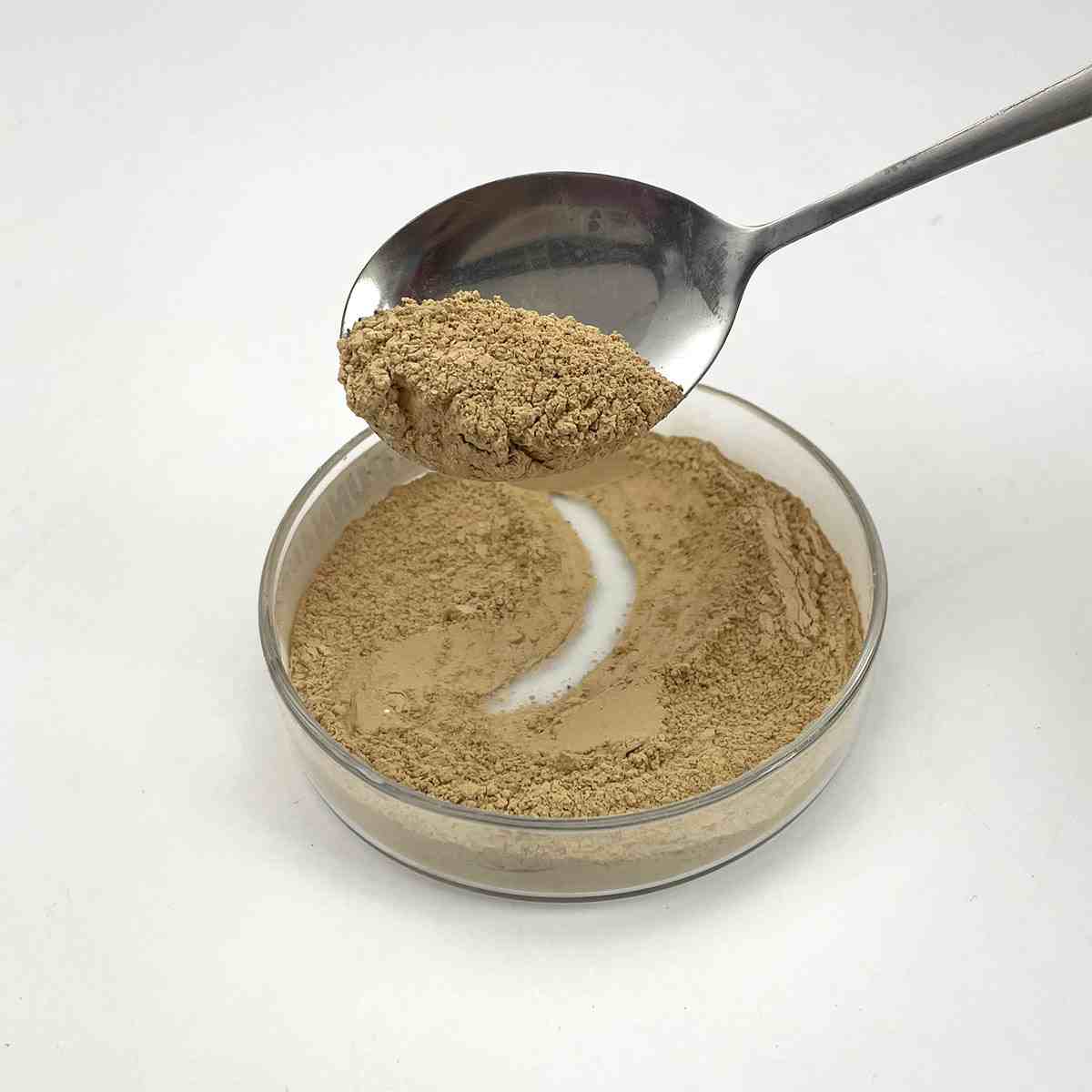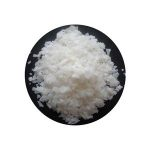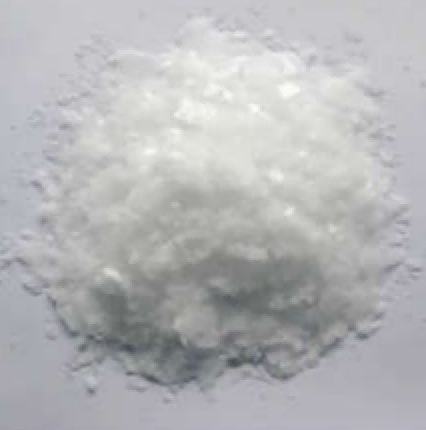1. Introduction
In a surprising shift within the agrochemical industry, sodium lauryl sulfate (SLS)—long known as a foaming agent in shampoos and toothpaste—is now emerging as a key ingredient in next-generation herbicide formulations. Just 36 hours ago, the U.S. Environmental Protection Agency (EPA) granted conditional approval for several SLS-based adjuvant systems designed to improve the efficacy of glyphosate and glufosinate herbicides while reducing overall chemical load. This move reflects a broader trend toward reformulating crop protection products with cost-effective, biodegradable surfactants that meet tightening environmental regulations.

While most consumers associate SLS with personal care products—often labeled as ‘sls sodium lauryl sulfate‘ or ‘na lauryl sulfate’—its role as a powerful anionic surfactant makes it uniquely suited for agricultural applications where rapid wetting and penetration are critical. Unlike its ethoxylated cousin sodium laureth sulfate (also called sodium lauryl ether sulfate or sodium lauryl ether sulphate), SLS lacks ethylene oxide residues, which aligns with organic farming standards in certain jurisdictions.
2. Why Sodium Lauryl Sulfate Excels as a Herbicide Surfactant
2.1. The Science Behind Surfactant Action in Weed Control
At its core, a surfactant—short for ‘surface-active agent’—reduces surface tension, allowing liquids to spread more evenly on waxy or hairy plant surfaces. The meaning of surfactant in this context is functional: it ensures herbicides like Roundup adhere to and penetrate target weeds rather than beading up and rolling off. Sodium lauryl sulfate, chemically identical to sodium dodecyl sulfate, is a classic anionic surfactant that delivers strong wetting power at low concentrations.
When used as a surfactant for herbicides or a surfactant for weed killer, SLS outperforms many non-ionic surfactants in hard water conditions and provides excellent compatibility with glyphosate salts. Its small molecular size enables faster cuticle penetration compared to bulkier alternatives like polysorbate 80 or Span80.

2.2. Synergy with Modern Adjuvant Systems
Formulators are increasingly blending SLS with bio-based co-surfactants to balance performance and eco-toxicity. Common combinations include:
- Methylated seed oil (MSO): boosts lipid solubility and rainfastness
- Alkyl polyglucoside or coco glucoside: non-ionic, biodegradable wetting agents derived from coconut and glucose
- Decyl glucoside: enhances foliar uptake without phytotoxicity
These blends leverage the strong initial wetting of SLS while mitigating its potential for leaf burn—a known drawback when used alone at high rates. Notably, SLS is often preferred over ammonium lauryl sulfate or sodium dodecylbenzene sulfonate in sensitive crops due to its cleaner degradation profile.
3. How SLS Compares to Other Surfactant Classes in Agriculture

3.1. Anionic vs. Non-Ionic and Amphoteric Options
While SLS is firmly in the anionic category, many modern herbicide adjuvants use amphoteric surfactants like cocamidopropyl betaine (also known as coco betaine, amidopropyl betaine, or coco amido propyl betaine) for their mildness and foam stability. However, these are less effective at reducing surface tension on hydrophobic weed leaves compared to SLS.
Non-ionic surfactants—such as ethoxylated alcohols, pluronic 127, poloxamer 188, and lignin sulfonate—are widely used as lawn wetting agents or wetting agent for grass due to their low toxicity. Yet they often require higher use rates and struggle in cold or hard water. In contrast, SLS remains effective across a broader pH and temperature range.
3.2. The Rise of Bio-Surfactants and Hybrid Systems
Bio surfactants like sodium cocoyl glutamate, sodium lauroyl sarcosinate (or lauroyl sarcosinate), and sodium coco sulfate are gaining interest, but their cost and variable performance limit large-scale adoption. Meanwhile, hybrid systems that pair SLS with small amounts of cationic surfactants—such as cetyl trimethyl ammonium bromide (CTAB) or cetyltrimethylammonium bromide—are being tested for enhanced adhesion to negatively charged plant surfaces.
It’s worth noting that true anionic cationic mixtures are rare due to precipitation risks, but microemulsion technologies now allow stabilized combinations that improve herbicide retention. Fluoro surfactants and copper 1 bromide complexes remain niche due to regulatory and cost barriers.
4. Practical Considerations for Farmers and Formulators
For those sourcing sodium lauryl sulfate for sale, purity and counterion matter. Technical-grade SLS (90–95% active) is standard in agrochemicals, whereas cosmetic grades may contain excess sodium or moisture. Reputable suppliers like Rohit Surfactants Private Limited offer agricultural-specific batches optimized for tank-mix stability.
Typical use rates range from 0.25% to 1% v/v in spray solutions—roughly 1–4 ounces per gallon of water—depending on weed species and environmental conditions. Overuse can cause crop injury, so compatibility testing is essential. Unlike sodium laureth (laureth sulphate or sulphate laureth sulfate), SLS does not foam excessively in spray tanks, reducing drift concerns.
5. Conclusion
Sodium lauryl sulfate is proving its versatility far beyond the bathroom shelf. As sustainable agriculture demands smarter, lower-impact adjuvants, this classic anionic surfactant is finding new life in herbicide formulations—especially when intelligently paired with bio-based co-surfactants like methylated seed oil and alkyl polyglucoside. While not a silver bullet, SLS offers a compelling balance of efficacy, cost, and regulatory acceptability that positions it as a workhorse in the evolving toolkit of precision weed control.
Our Website founded on October 17, 2012, is a high-tech enterprise committed to the research and development, production, processing, sales and technical services of ceramic relative materials such as Sodium. Our products includes but not limited to Boron Carbide Ceramic Products, Boron Nitride Ceramic Products, Silicon Carbide Ceramic Products, Silicon Nitride Ceramic Products, Zirconium Dioxide Ceramic Products, etc. If you are interested, please feel free to contact us.


